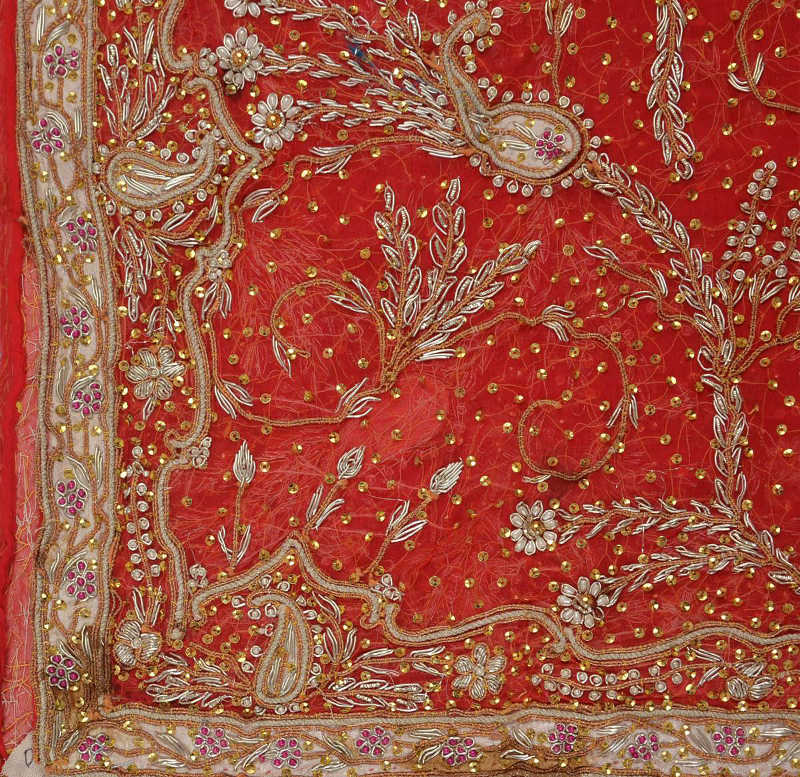===
0958,
10
===

=== |
 |
kaf-e dast : 'Palm of the hand; —(met.) adj. Level and desert, bleak, barren (a plain, e.g. kaf-e dast maidān )'. (Platts p.839)
rāḥat : 'Quiet, rest, repose, ease, tranquillity, cessation of toil or trouble or inconvenience, freedom from toil or trouble, &c., relief; pleasure'. (Platts p.580)
FWP:
SETS
MOTIFS == DESERT
NAMES
TERMSReally the kaf-e dast energizes the whole verse, doesn't it? Mir has used an idiom so straightforward and well-known that it specifically appears in Platts (see the definition above), with actually the example of maidān to illustrate it. The 'palm of the hand' idea just can't help but seem small and proximate, while the idea of a flat, bleak, barren desert-- flat as the palm of your hand-- that goes on seemingly forever is made doubly chilling by the everydayness of the image.